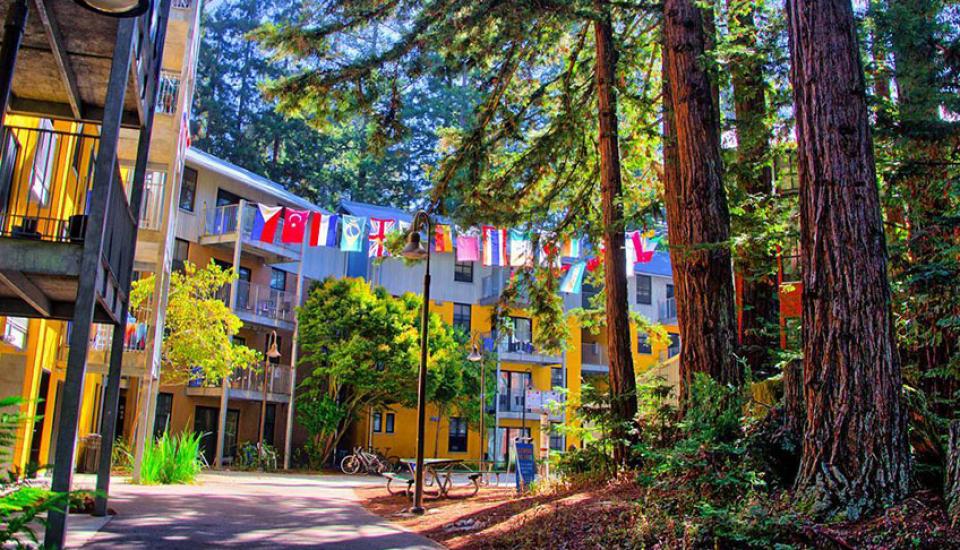 Final ½ day of the 21w5107 workshop for me, as our initial plans were to stop today due to the small number of participants on site. And I had booked plane tickets early, too early. I will thus sadly miss the four afternoon talks, mea culpa! However I did attend Noiritt Chandra’s talk on Bayesian factor analysis. Which has always been a bit of a mystery to me in the sense that the number q of factors need be specified, which is a prior input one rarely controls. Here the goal is to estimate a covariance matrix with a sparse representation. And q is estimated by empirical likelihood ahead of the estimation of the matrix. The focus was on minimaxity and MCMC implementation rather than objective Bayes per se! Then, Daniele Durante spoke about analytical posteriors for probit models using unified skew-Normal priors (following a 2019 Biometrika paper). Including marginal posteriors and marginal likelihood. And for various extensions like dynamic probit models. Opening other computational issues such as simulating high dimensional truncated Normal distributions. (Potential use of delayed acceptance there?) This second talk was also drifting away from objective Bayes! In the first half of his talk, Filippo Ascolani introduced us to trees of random probability measures, each mother node being the distribution of the atoms of the children nodes. (Interestingly, Kingman is both connected to (coalescent) trees and to completely random measures.) My naïve first impression was that the distributions would get more and more degenerate as the number of levels in the tree would increase, however I am unsure this is correct as Filippo mentioned getting observations on all nodes. The talk also made me wonder at how this could be related Radford Neal’s Dirichlet trees. (Which I discovered at my first ICMS workshop about 20 years ago.) Yang Ni concluded the morning with a talk on causality that provided (to me) a very smooth (re)introduction to Bayesian causal graphs.
Final ½ day of the 21w5107 workshop for me, as our initial plans were to stop today due to the small number of participants on site. And I had booked plane tickets early, too early. I will thus sadly miss the four afternoon talks, mea culpa! However I did attend Noiritt Chandra’s talk on Bayesian factor analysis. Which has always been a bit of a mystery to me in the sense that the number q of factors need be specified, which is a prior input one rarely controls. Here the goal is to estimate a covariance matrix with a sparse representation. And q is estimated by empirical likelihood ahead of the estimation of the matrix. The focus was on minimaxity and MCMC implementation rather than objective Bayes per se! Then, Daniele Durante spoke about analytical posteriors for probit models using unified skew-Normal priors (following a 2019 Biometrika paper). Including marginal posteriors and marginal likelihood. And for various extensions like dynamic probit models. Opening other computational issues such as simulating high dimensional truncated Normal distributions. (Potential use of delayed acceptance there?) This second talk was also drifting away from objective Bayes! In the first half of his talk, Filippo Ascolani introduced us to trees of random probability measures, each mother node being the distribution of the atoms of the children nodes. (Interestingly, Kingman is both connected to (coalescent) trees and to completely random measures.) My naïve first impression was that the distributions would get more and more degenerate as the number of levels in the tree would increase, however I am unsure this is correct as Filippo mentioned getting observations on all nodes. The talk also made me wonder at how this could be related Radford Neal’s Dirichlet trees. (Which I discovered at my first ICMS workshop about 20 years ago.) Yang Ni concluded the morning with a talk on causality that provided (to me) a very smooth (re)introduction to Bayesian causal graphs.
Even more than last time, I enormously enjoyed the workshop, its location, the fantastic staff at the hotel, and the reconnection with dear friends!, just regretting we could not be a few more. I appreciate the efforts made by on-line participants to stay connected and intervene (thanks, Ed!), but the quality of interactions is sadly of another magnitude when spending all our time together. Hopefully there will be a next time and hopefully we’ll then be back to larger size (and hopefully the location will remain the same). Hasta luego, Oaxaca!



 Andrew Wilson
Andrew Wilson 
